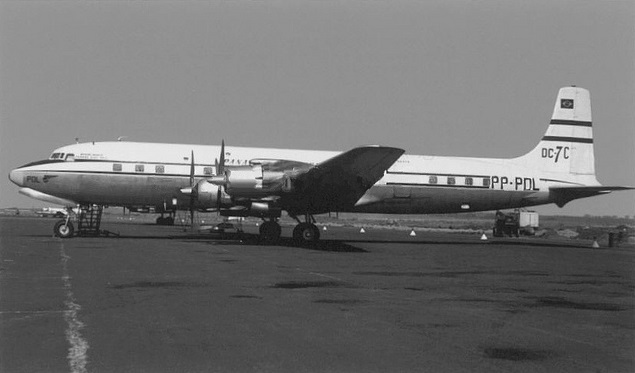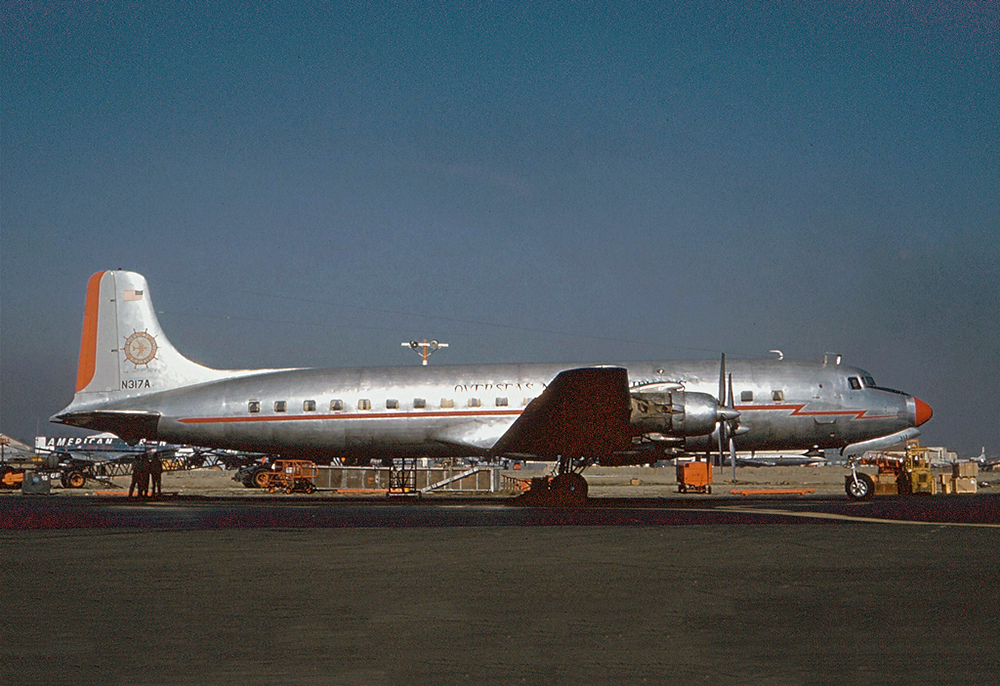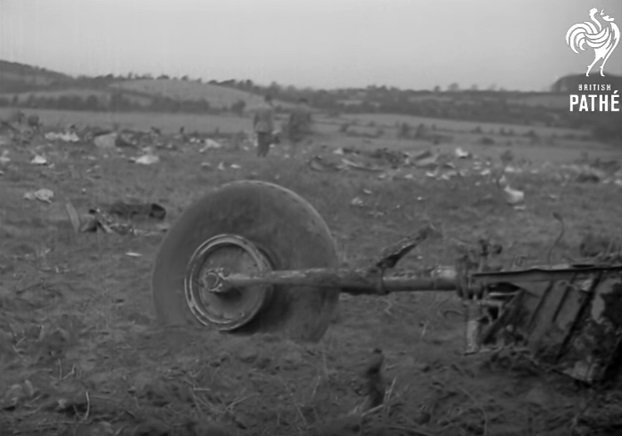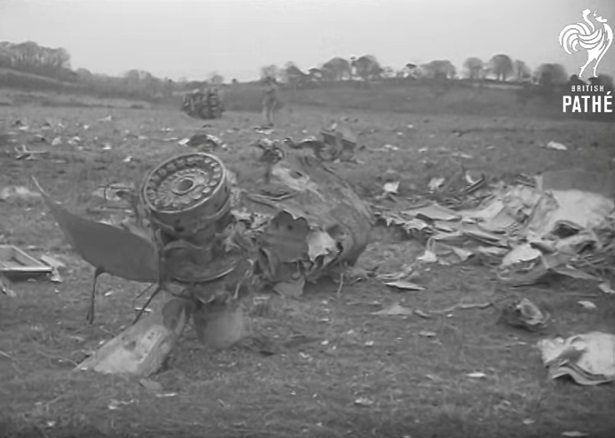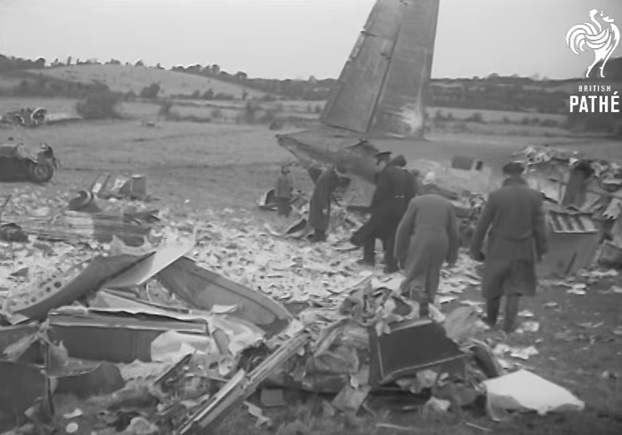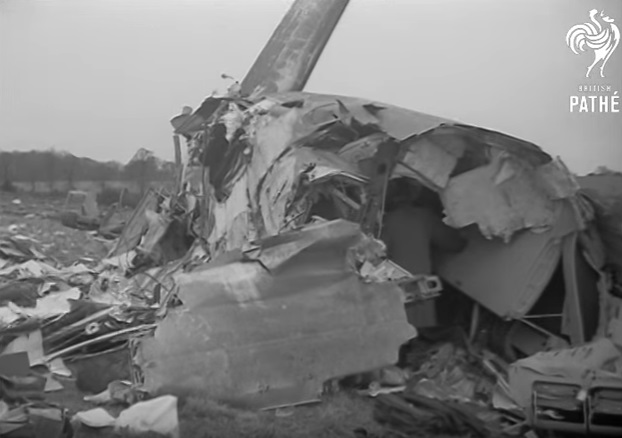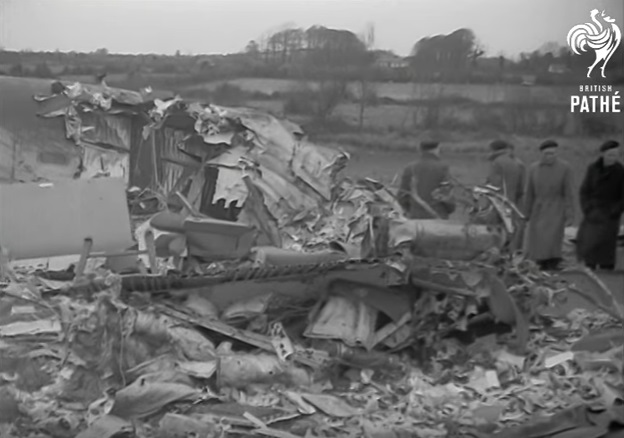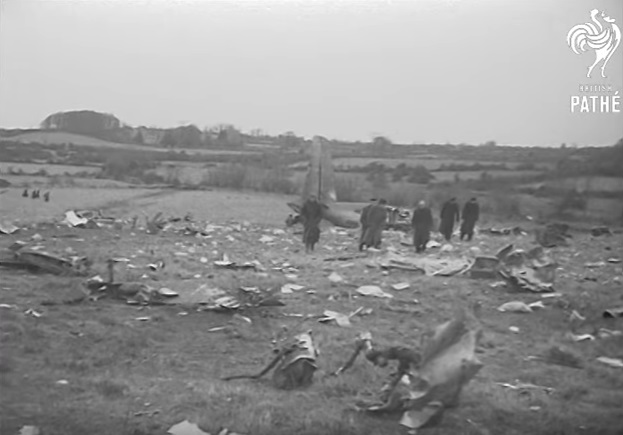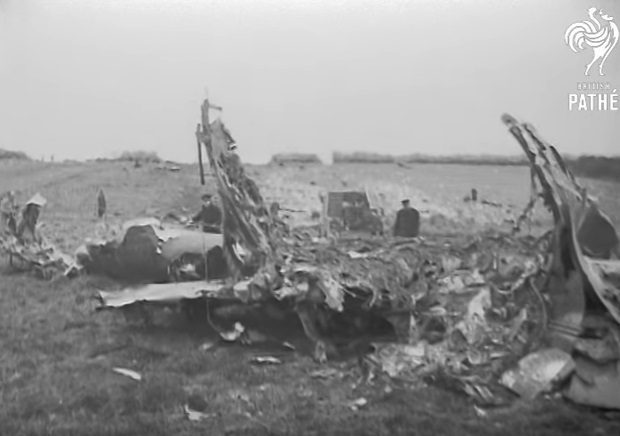Crash of a Douglas DC-7C in Belém
Date & Time:
Oct 14, 1961
Registration:
PP-PDL
Survivors:
Yes
Schedule:
Manaus – Belém
MSN:
45122
YOM:
1957
Crew on board:
0
Crew fatalities:
Pax on board:
0
Pax fatalities:
Other fatalities:
Total fatalities:
0
Circumstances:
An hour after his departure from Manaus-Ponta Pelada Airport, the captain informed ATC that the primary hydraulic system failed. He was able to continue the flight and to complete a normal landing at Belém-Val de Cans Airport. After touchdown, when the reverse thrust systems were applied, the crew lost control of the airplane that veered off runway to the right. While contacting soft ground, the undercarriage were sheared off and the airplane came to rest into a ravine. There were no injuries among the occupants but the aircraft was damaged beyond repair.
Probable cause:
The primary hydraulic system failed in flight, causing a major hydraulic leak. Upon landing, the reverse thrust and braking systems were partially inoperative.
